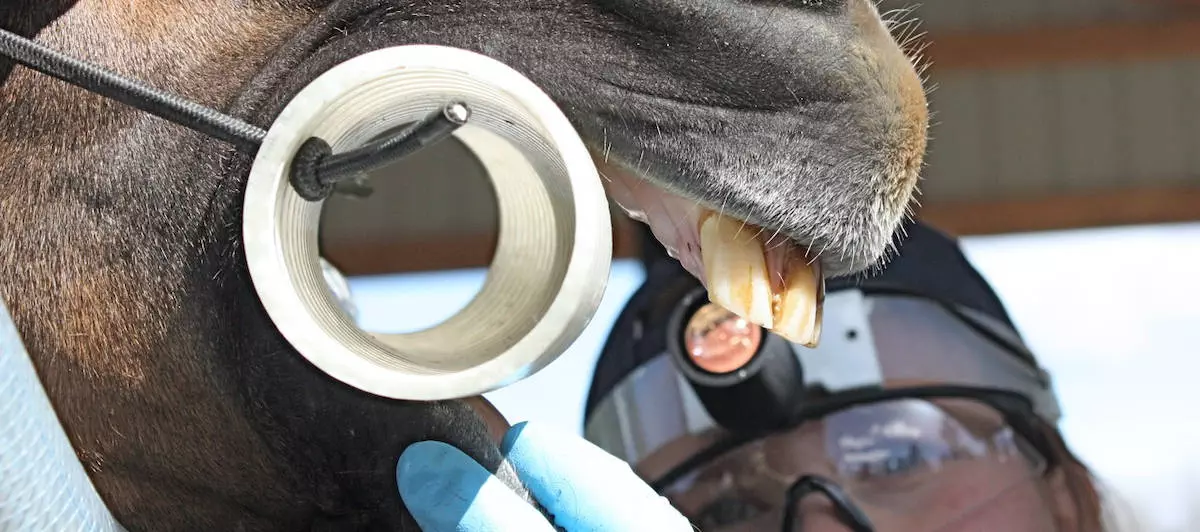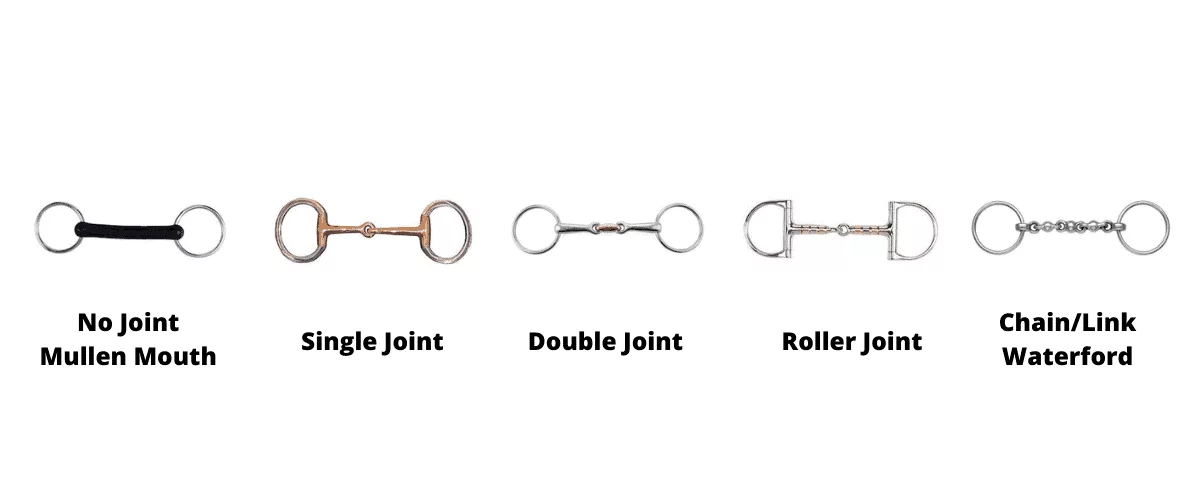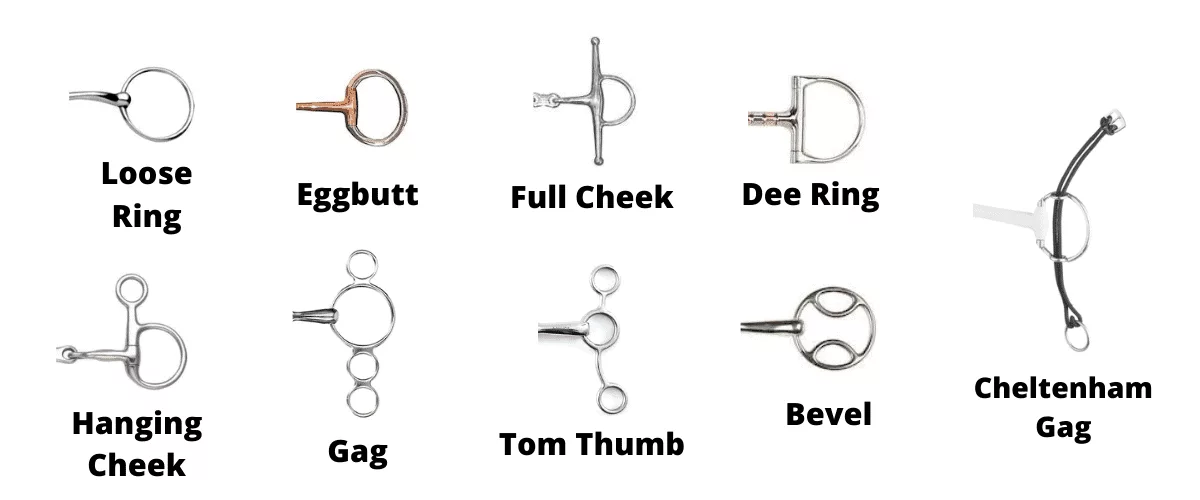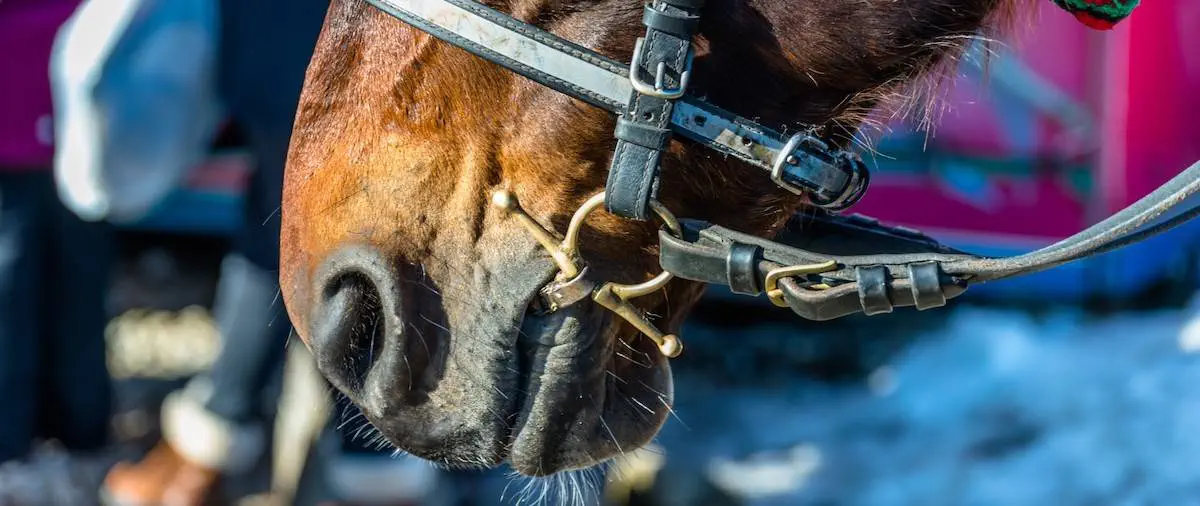Surprisingly (or unsurprisingly if you already know a bit about horse equipment), there are dozens of variations of horse bit.
Mullen mouth or lozenge? Eggbutt or loose ring? Stainless steel or copper alloy? Just some of the decisions you have to make. But while it can seem a bit of an overwhelming challenge, there are quite a few things to consider which can narrow it all down.
So, this is our guide to horse bits, explained.
Horse bits – key pointers
Invest in a bit
If you spend that touch more on a horse bit or any horse equipment, it is likely to be of better quality and will last longer. So better quality doesn’t only mean better value for money for you, but also more comfortable wear for your horse
Understand your horse’s behaviour
Horses who wear uncomfortable equipment can often display behaviour issues such as not listening to or reacting to commands, or running off. If your horse seems to be hard to train, it could mean you need a change of equipment to make them more comfortable
Simple may be best
It is easy to be drawn in by fancy names, USPs and bedazzling copy. But you don’t need to overcomplicate things when it comes to your horse bit. Finding the right shape and fit doesn’t mean paying over the odds, and a simple stainless steel model is likely to promote acceptance and saliva production better than something which is over complicated
Check the fit
The height of the bit should mean you can look for a little upward turn at the mouth, but overall your horse’s face and neck should be relaxed and normal. Two wrinkles mean the bit is too high and your horse could be uncomfortable
Bits are not the be-all and end-all!
The purpose of the bit, bridle and reins are to give control of the horse’s head to the rider. The bit applies pressure to the horse’s mouth and reinforces the other control signals from the rider’s legs and weight distribution.
So, horses need some pressure on their bit to follow commands, but they also need to be trained and need the commands to come from someone who knows what they are doing. The perfect bit doesn’t automatically mean the perfect horse
Measuring your horse for a bit
Bit sizes go up a half or quarter of an inch at a time. So, finding the right length is important. You don’t want the bit to pinch the horse’s mouth, but you also don’t want there to be too much metal as the bit could move when you pull on the rein. Only measure the central mouthpiece, not the rings too.
You can buy a dedicated horse-bit measuring tool, which could come in handy if you have several horses. But the below method is fine in most cases:
- Grab a piece of smooth round wood, such as a wooden spoon handle or garden cane, and two rein stoppers
- Put the wood into your horse’s mouth, so that it just lifts the corners of their lips (but doesn’t go as far as two wrinkles)
- Push the rein stops up to touch the lips on either side. The rings should sit not too far away from the cheeks so as to cause excess metal, but also shouldn’t press up hard against the cheeks. Any more than half an inch extra on each side is too much
- Remove the wood, and measure the gap between the rein stops to give the correct bit size
- If you are between sizes, going smaller is usually best unless you need a roomier fit to prevent pinching your horse’s mouth
You can also use a bit of string or rope with a knot in one end if you feel this is safe for your horse. Be wary this may not be as accurate, however, if the string isn’t pulled tight enough.

Most horses will need something around the 5” mark. The guide below will let you know the measurements as a general rule:
|
HORSE BREED |
INCHES |
CM |
|
Miniature Pony |
3 |
75 |
|
Weanling |
3 1/2 |
90 |
|
Shetland |
4 1/4 |
105 |
|
Pony |
4 1/2 |
115 |
|
Arabian |
4 3/4 |
120 |
|
Cob |
5 |
125 |
|
Full |
4 1/2 |
135 |
|
Extra Full |
5 3/4 |
145 |
|
Heavy Horse |
6 1/2 |
165 |
|
Clydesdale |
7 |
180 |
Thickness/width of a mouthpiece
The height of the palate (roof of the mouth), as well as the thickness of the tongue, determines the amount of space available for the width of the bit.
Mouthpieces usually go from 10-14mm thick for small, 16mm thick for medium and 18-21mm for the thickest. 16mm is often the most popular as it is a standard fit.
The thinner the mouthpiece, the more your horse will feel the effects of rein pressure. This is because the pressure is exerted onto a slimmer, narrower surface. But this can also mean a less comfortable fit, especially for young or mouth sensitive horses, as they can find the pressure of a thin bit to be sharp.
Likewise, if the bit is too thick, it will put constant pressure on the horse’s mouth, and could even make swallowing difficult.
Your equine dentist, trainer or veterinarian could help determine whether a horse’s palate is normal or high (so a thicker bit can be used), or very low, which means you’re best opting for a thinner bit.
You can usually tell which type of tongue your horse has by prying open its lips. A small or average-sized tongue lies below or levels with the bars of the mouth. A thick tongue rises above the bars or spills over the bars and between the teeth.
Types of bits
Snaffle bits are the most common category for bits. It acts directly on the corners of the mouth, tongue, and jaw without any leverage, and has the effect of drawing the head upwards and inwards.
There are also Pelhams and Kimblewicks, and Continental and Gags. There are three sub-categories for all of the categories, which take their name from three primary parts of the bit:
- The joint (or lack thereof)
- The cheek/ring
- The mouthpiece,
In practice, bits can be just about any combination of those three elements. We will explain the most common below, but there are dozens more that you may need to look into if your horse has behavioural issues or particular needs
Joint types
- No joints – Often called Mullen Mouth. Just one strip of metal or leather. Very gentle for young horses
- Single-jointed – This is a very common mouthpiece. Allows the rider to apply pressure to one side of the mouth more than the other. They can create a nutcracker effect so isn’t good for horses with little room in their mouth, but this does encourage horses to raise their head
- Double-jointed – Like single, but with an extra piece between the two halves. There are different forms such as a french link (flat) or a lozenge (rounded piece). Reduce the nutcracker effect but can increase tongue pressure
- Rollers – Some bits have rollers on the mouthpiece. This encourages your horse to move their tongue and play with the bit, which makes them more playful
- Waterford bit – With multiple joints and links, like a chain. This makes the mouthpiece moveable so they can play with it. Can help with leaning or pulling as they can’t lean on the bit, but it can be severe so is best for very strong horses. Recommended to choose a size up from usual


Cheek Ring Types
- Loose ring – The rings can rotate in the hole in which they’re attached to the mouthpiece. This allows the mouthpiece some independence from the rein so gives your horse’s tongue and jaw a bit more freedom. The horse will find it harder to lean or take hold of the bit
- Eggbutt – The most common. A fixed ring that gives consistency. Pulling on one ring with a rein is less likely to move the bit, and it’s less able to follow the movements of the horse’s mouth. Not great for horses who lean, but good for those who struggle to keep contact
- Full cheek – Good for a young or inexperienced horse. The bars help with head direction and turning, and can help them learn how to react. Also stops them from tilting their head to go against the command. The bars can also stop the bar from being pulled through the mouth. Can get Fulmer bits which are a loose ring version
- Dee ring – A compromise between an eggbutt and a full cheek snaffle. It has vertical shanks that extend above and below the mouthpiece, and there is less bulk than an eggbutt but without the dangers posed by the arms on a full cheek snaffle
- Hanging cheek – AKA Filet Baucher. Stays in a fixed position so can enhance the communication between the horse and the rider’s hands. Exerts small amount of pressure on the poll (the area underneath the ears on the head)
- Gag – There are different subtypes but the dutch gag is one of the most popular. A gag is a leverage bit that applies pressure to the poll. You can choose from three rings or two, depending on the pressure you need (two gives more). Good to use two reins
- Tom Thumb – For the more experienced rider looking for slightly more control and improvement to head carriage. Encourages them to lower their head thanks to the slight pressure on the poll
- Bevel – AKA a Loop Ring Snaffle. Two small rings within the main snaffle ring offer more control than plain snaffle rings. The reins can be attached to a definite part of the bit to determine the level and type of control
- Cheltenham Gag – For strong, hard to control and heavy-in-the-hand horses. Works on the horse’s lips to encourage them to lift their heads slightly for less pressure and leaning. Requires double reins. Good training aid for experienced riders who have a strong horse

Material
- Stainless steel – These are strong and durable. It is good for horses who chew, and any who really need some action in the bit for the movement. But they can be cold before they have warmed up in the mouth, which can make it hard for horses to accept
- Copper – When you place a foreign object into a horse’s mouth (the bit), it causes them to salivate. This lubricates the mouth so the bit can move better, which can enhance training. Copper is thought to encourage horses to salivate. But it is a softer metal, so best used in designs like copper rollers, French links and lozenge links which discourage biting
- Sweet iron – Sweet Iron is a great metal for bits and also looks great. They usually start off as blue, before turning into a rusted colour (but don’t worry – it isn’t actually rust). A big benefit is that the ‘sweet’ taste is beneficial for horses
Which bit to buy for your horse
The size and measurements matter, but so does your horse’s individual mouth build.
For instance, Arab or thoroughbred breeds can dislike a single joint as they have a low palette. So a french link or double-jointed mouthpiece often keeps the horse relaxed in his mouth more than a single joint.
You may need to try a different few kinds to find one your horse is fully at one with. If you’re confused, ask your vet, trainer or horse expert for some advice.

